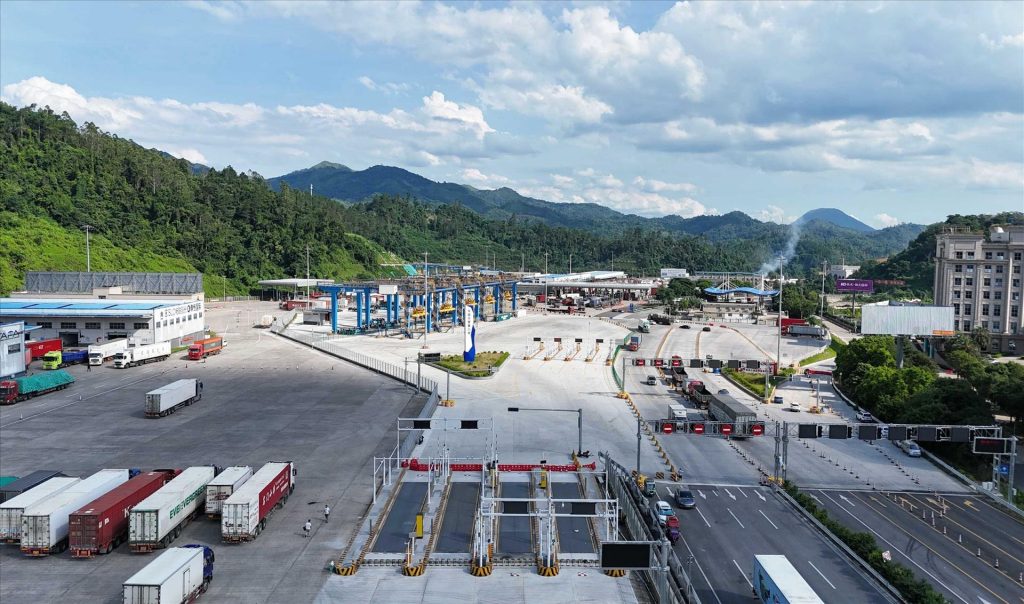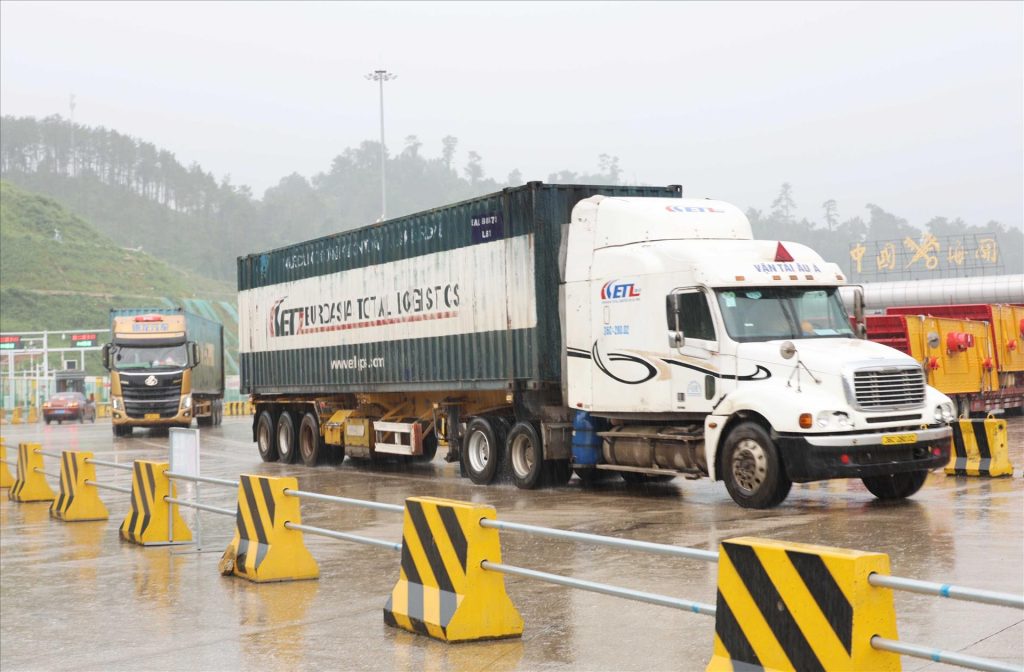At Huu Nghi Border Gate, Guangxi, China, the customs clearance process has fundamentally changed. In the past, it used to take 3–5 days for a truck to complete procedures, but now it only takes about 15 seconds.

In recent years, cooperation between Vietnam and China in building a “smart border gate” has become a key highlight, helping to resolve bottlenecks in the flow of goods, especially agricultural products.
This is not only a practical step to promote bilateral trade but also demonstrates the determination of both countries to modernize border management, in line with the trend of comprehensive and extensive development.

Practical results show that at Huu Nghi Quan Border Gate, Guangxi (China), the customs clearance process has fundamentally changed. In the past, it took 3–5 days for a truck to complete procedures, but now it only takes about 15 seconds. The barcode scanning system, facial recognition, and fingerprint verification have been simultaneously implemented, enabling drivers to quickly complete entry procedures.
In particular, short-preservation fruits such as durians – currently in high demand in China – can now be transported across the border without the risk of spoilage caused by delays.
Since 2023, Huu Nghi Quan Customs has put into operation a smart quarantine system, enabling Vietnam and China to fully digitize the coordination process. The waiting time for each truck has been reduced by an average of 3.5 hours, while minimizing the need for unloading and transshipment.
In 2024 alone, the number of vehicles cleared through the Vietnam–China border gates reached a record 3,300 vehicles per day, doubling compared to 2019.
Another highlight is the application of advanced technologies. Driverless trucks, smart cranes, 5G technology, and the BeiDou navigation system have been deployed, making operations at the border gate largely automated, moving towards 24/7 operation.
This is China’s first cross-border smart border gate model, delivering practical efficiency and continuing to expand.
The cooperation of both countries in reforming and enhancing border gate management capacity not only shortens customs clearance time but also lays the foundation for stable and sustainable bilateral trade cooperation.
In an interview with a VNA reporter in China, Mr. Zhu Houdong, Deputy Commander of the Vietnam–China Friendship Freight Corridor Smart Port Project, said that the purpose of building the smart border gate is to ensure fast customs clearance, with goods transported from Nanning to Hanoi and vice versa within 24 hours, thereby maximizing the stability of the supply chain and production chain between the two countries.
In the future, based on existing infrastructure, we plan to double the current customs clearance capacity.
The smart border gate will help create favorable conditions for Vietnam to accelerate digital transformation, improve the competitiveness of the logistics industry, and expand international trade.
The joint efforts of both countries in modernizing border gates reflect a shared strategic vision, not only boosting trade but also strengthening political trust, building a stable and peaceful border environment, and contributing to the deeper, more substantive, and effective development of the traditional Vietnam–China friendship.
At the same time, the geographical advantages of industrial parks also open up great opportunities for businesses in import and export activities. Specifically, two new projects of Gilimex Industrial Park in Bac Ninh are Nghia Hung Industrial Park, located just 105km from Huu Nghi Border Gate, and Thuan Thanh III Industrial Park – Subzone C, 155km away. With this favorable distance, businesses can fully leverage the smart border gate infrastructure to shorten transportation time, especially for agricultural products and fast-delivery goods. This is a significant competitive advantage, enabling direct and efficient connection to the Vietnam–China supply chain.






